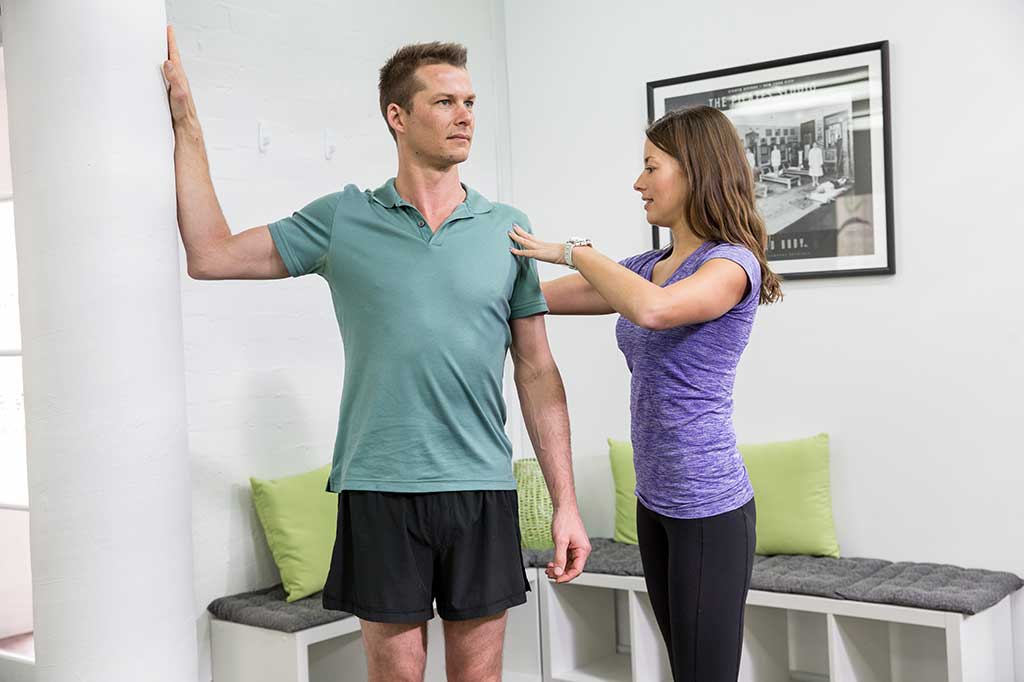As the cold winds of winter roll in, we typically start to migrate away from the sandy dunes and vibrant parks and trudge one by one into our local gyms, with an inspired vision of carving out our next summer bod. But before you rush over to your favourite cable machine, I want to talk to you about your shoulders – those things you’re trying to transform into beautiful, muscly boulders.
Anyone who as ever experienced shoulder pain before, knows how much it can impact your every life – all of sudden getting your t-shirt on becomes the hardest part of your day! And any physiotherapist will tell you just how complicated the shoulder joint is, so let’s try and breakdown some common causes of shoulder pain into simple categories.
The weak shoulder
No one wants to hear that they are weak! And you’re not! When we talk about strength, it’s important to remember that it’s relative. The strength you require in your shoulders to function well and pain-free is entirely different to what Serena Williams would require. Think of your shoulder joint as a bucket – each time throughout the day that use your shoulder in the different activities you do, you add water to that bucket (a little bit of water for easy tasks, more water for more difficult tasks). Sometimes in a day/week/month we pour more water into our bucket than it can take, and it overflows, creating a mess in our shoulder!
Our job as physios is to help you figure out why you keep overfilling that bucket and how we can make that bucket bigger.
Our physios can help guide you through a progressive and tailored rehabilitation program for the home, gym or even in one of our clinical pilates classes!
The stiff shoulder
Stiffness in joints can cause pain, and your shoulder is no different. Of course, like the rest of your joints, your shoulder isn’t a one man show. The health of your neck and thoracic spine, and shoulder blades all influence how well your shoulder can move and perform. Not only can winter mean a spike in gym attendance, but it also generally leads to longer hours at the desk, on computers, and snuggled up in front of the TV. Increases in these activities can often lead to stiffness or dysfunction of the neck and thoracic cage, influencing the health of the shoulder.
Our physios will help you identify what areas are influencing your shoulder function and help you improve the mobility of your shoulder joint through manual techniques, exercises and stretches.
The hypermobile shoulder
Your shoulders are a ball and socket joint, connecting your arms to your trunk. But unlike their cousin the hip, your shoulders weren’t made with quite the same sturdiness. Without the great range of motion our shoulders afford us, we wouldn’t be able to hit a golf ball, wash our hair or drop our signature moves on the d-floor. But with great range comes great responsibility. For some of us, our range is a little more than our shoulder can handle, particularly when we add load and speed.
Our physios can help identify if hypermobility is an issue for you, and devise a plan to keep you moving the way you want to! This might include manual techniques, taping and most definitely exercise.
There’s no need to keep shouldering the pain this winter! If shoulder pain is stopping you from doing the things you love, book an appointment with one of our physios today.
~Alysha

